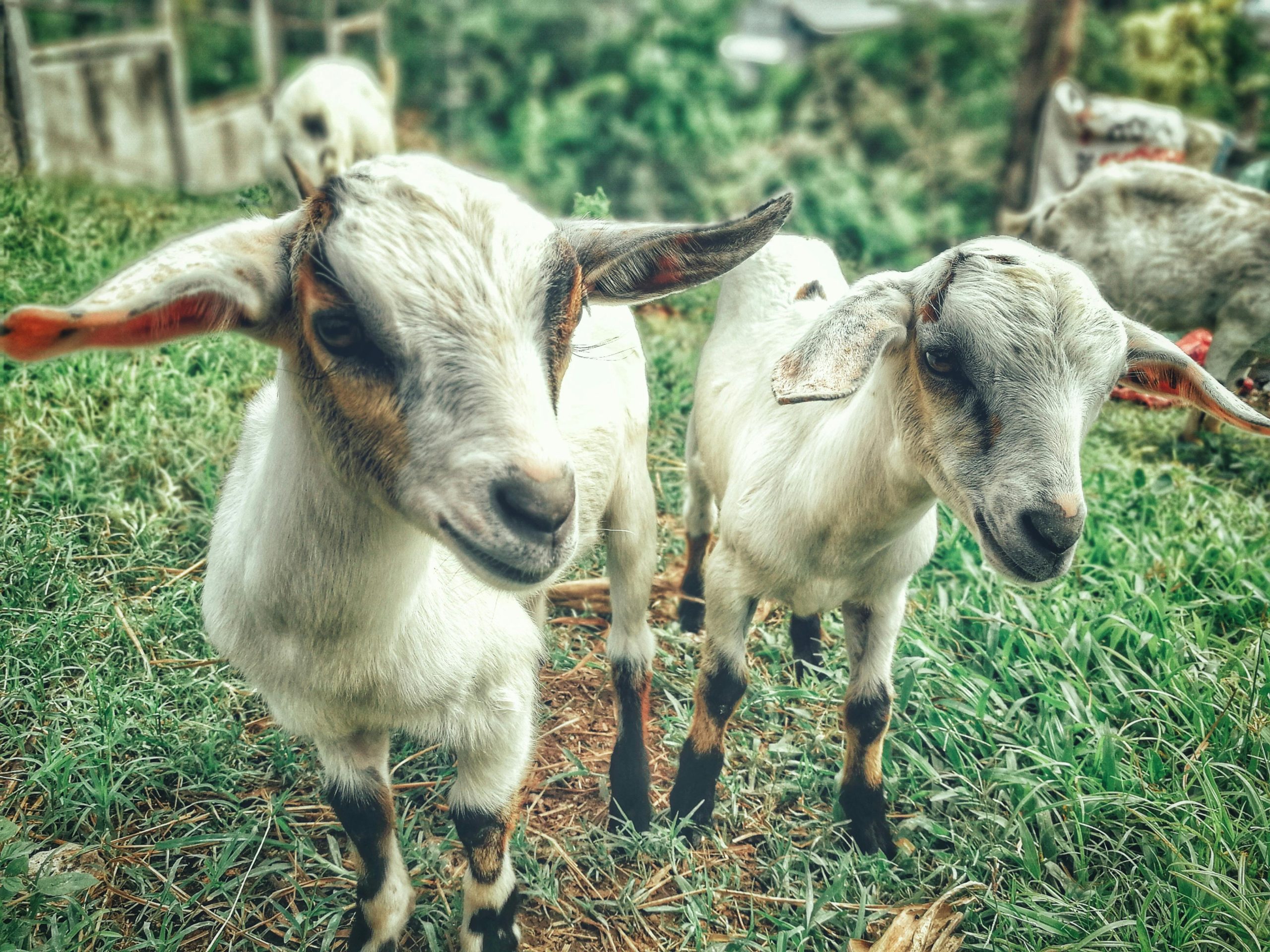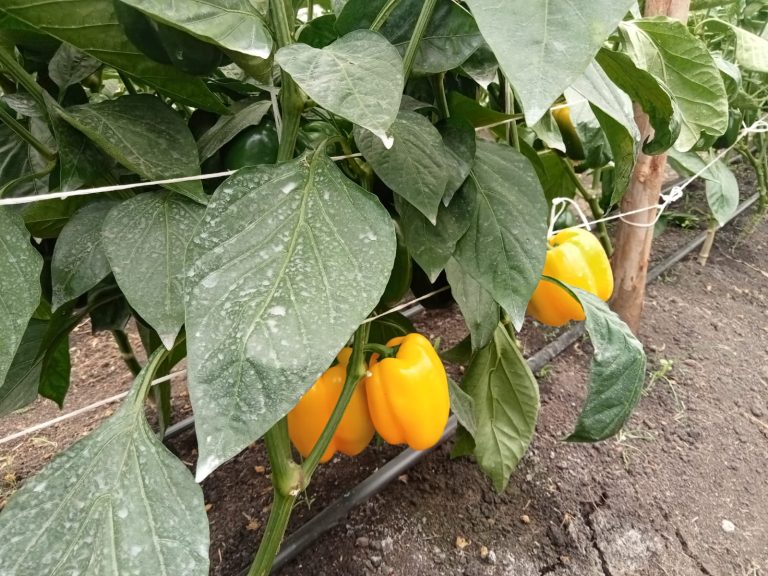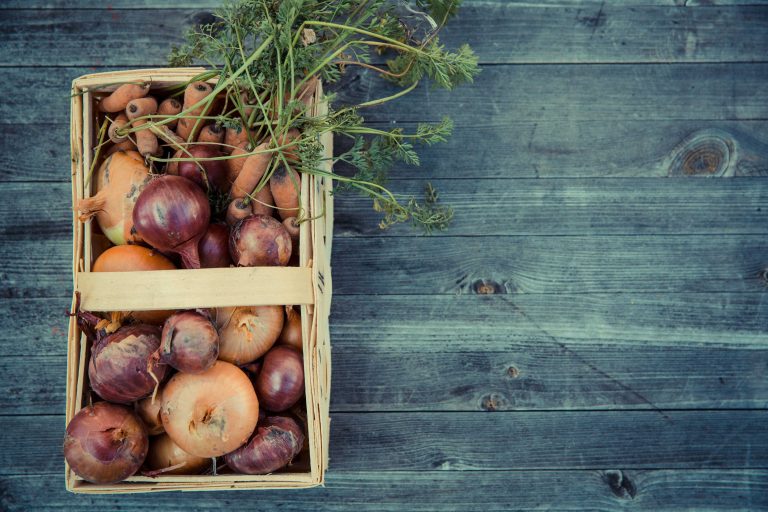INTRODUCTION
Imagine stepping into a goat farm in Kenya, only to find that what appeared to be a promising investment turns into a costly learning experience. Did you know that nearly 40% of new goat farming ventures fail due to unforeseen expenses and mismanagement? This eye-opening statistic underscores the challenges awaiting those who venture into this agribusiness without proper guidance.
In Kenya, goat farming for meat and milk is emerging as a lucrative opportunity—especially for professionals, business investors, and diaspora entrepreneurs looking to capitalize on the booming demand locally and in export markets. However, this promising sector comes with its own set of challenges: from hidden costs and poor breed choices to inadequate infrastructure and a lack of strategic partnerships.
This article is designed to guide you through the common pitfalls of goat farming. Whether planning your first venture or looking to scale up, understanding these mistakes can mean the difference between a profitable investment and a cautionary tale.
5 COMMON MISTAKES IN GOAT FARMING
Mistake 1: Underestimating Startup Costs and Hidden Expenses
Stepping into goat farming without a clear financial roadmap is like setting sail without a compass. One of the most common mistakes new entrants make is underestimating the startup costs—not just the obvious expenses like purchasing livestock and building shelters, but also the hidden costs that can quickly add up.
Consider the story of Daniel, a first-time investor from Nairobi. Daniel envisioned a modest goat farm that would generate quick returns. However, he soon discovered that his initial budget had barely covered the basics. As the venture unfolded, unexpected expenses emerged: veterinary bills, specialized feed, maintenance for advanced housing systems, and even permit fees. In Daniel’s case, these hidden costs escalated his investment by over 30%, ultimately jeopardizing his projected returns.
This scenario isn’t unique. Across Kenya, many novice goat farmers learn the hard way that a robust financial plan must account for every expense—both anticipated and unforeseen. Ask yourself:
- Have you factored in the recurring costs of animal health, nutrition, and shelter maintenance?
- Are you prepared for regulatory fees or unexpected emergencies that could disrupt your cash flow?
In essence, a well-researched financial plan is your safeguard against these pitfalls. By acknowledging the true cost of goat farming from the outset, you can set a realistic budget and develop strategies to mitigate these risks. This foresight not only stabilizes your investment but also positions your farm to thrive in a competitive market.
Mistake 2: Poor Breed Selection and Lack of Market Research
Building on the financial hurdles discussed earlier, many new goat farmers stumble by choosing unsuitable breeds and skipping crucial market research. Like selecting the wrong tool for a delicate craft, picking an inappropriate goat breed can undermine your entire investment. For instance, while some breeds may thrive in Kenya’s arid regions, they might not meet the rigorous standards required for export markets, leading to lower yields in meat and milk production.
Consider the case of Amina, an ambitious investor who chose a popular local breed without examining its performance data or market demand. Her oversight resulted in lower production volumes and a diminished profit margin compared to competitors who had conducted thorough research. To avoid these pitfalls, it’s crucial to invest time in understanding which breeds align with both local climate conditions and international quality benchmarks, ensuring your venture meets market demands and regulatory requirements.
Mistake 3: Inadequate Farm Infrastructure and Animal Welfare
Building on the challenges of breed selection and market research, many new goat farmers also struggle with inadequate farm infrastructure and poor animal welfare practices. A well-designed farm environment is essential to ensure healthy, productive livestock. Without proper shelter—equipped with effective ventilation, sanitation, and temperature control—goats may suffer stress and disease, ultimately impacting both meat and milk quality.
Imagine trying to nurture a delicate flower in harsh, unprepared soil; without the right conditions, even the best seeds will fail to flourish. Neglecting these foundational aspects not only compromises animal well-being but also increases operational costs through higher veterinary bills and lower yields. By investing in robust, well-planned infrastructure, farmers can protect their herd, boost productivity, and safeguard their investment—ensuring that their venture remains resilient amid fluctuating market demands and regulatory challenges.
Mistake 4: Ignoring Data-Driven Market Trends and Financial Planning
Many new goat farmers navigate their ventures without a reliable map—ignoring data-driven market trends and robust financial planning can lead to costly missteps. Without real-time market insights, investors risk misjudging consumer demand, production volumes, and ultimately, profitability.
For example, one Kenyan investor relied solely on gut instinct, only to discover later that a shift in consumer preference had reduced demand for his chosen breed by 20%. Such oversights not only erode profit margins but also expose the business to unforeseen expenses and regulatory changes. Data analytics and financial forecasting act as a navigational chart, offering a clear view of emerging trends—like the growing international appetite for premium goat milk—and enabling proactive adjustments in strategy.
By integrating comprehensive market research and detailed financial planning into your investment strategy, you transform uncertainty into opportunity, ensuring that every decision is informed and every risk is mitigated. This approach not only enhances operational efficiency but also secures your venture’s long-term success in a competitive market.
Mistake 5: Lack of Strategic Partnerships and Expert Guidance
Don’t try to go it alone! Imagine your goat farming venture as a thrilling expedition—you wouldn’t set off without a seasoned guide, right? Building strategic partnerships with experienced agripreneurs, veterinary experts, local cooperatives and online farmer forums can be a game changer. These collaborations provide fresh insights, from optimizing animal health to cracking the export market, and help you navigate the challenges that come with scaling up. In today’s fast-paced market, relying solely on gut feelings might leave you stranded. Instead, lean on expert guidance to transform hurdles into stepping stones toward success. Remember, a well-connected network is like having a compass in uncharted territory—essential for turning challenges into lasting achievements.
CONCLUSION
In summary, successfully venturing into goat farming means learning from common pitfalls—whether it’s underestimating startup costs, choosing the wrong breed, skimping on proper infrastructure, ignoring data-driven insights, or attempting to go it alone without strategic partnerships. Each mistake, like a misstep on a challenging trek, can derail your progress, but with the right guidance, these obstacles transform into valuable lessons on the path to success.
Ready to turn challenges into opportunities? Reach out to Fincare Investments Limited for expert agribusiness guidance, land leasing or land purchasing options, and strategic support tailored to help you launch a thriving goat farming venture. Your success story in agribusiness starts with taking the right steps today.
Frequently Asked Questions (FAQs)
What are the best goat breeds for profitable livestock farming in Kenya?
- For profitable goat farming, breed selection is key. Many farmers prefer Boer and Kalahari Red goats for meat due to their fast growth and high carcass weight, while the indigenous Galla (Somali) goat is valued for its hardiness and good meat For dairy production, breeds like Toggenburg and Alpine are popular for their high milk output. Farmers often crossbreed local and exotic goats to combine the locals’ disease resistance with the superior growth and productivity of imported breeds.
How much startup capital is needed to start a goat farming business in Kenya?
- Goat farming in Kenya can be started with relatively modest capital. Estimates for a small-scale setup range from around KES 50,000 to KES 200,000 to cover the cost of purchasing initial stock, basic housing, and feed. The exact figure depends on your scale and choice of breed – higher-quality breeds and larger herds require more investment while using existing land or simple sheds can keep costs lower.
How can farmers in Kenya access the goat meat export market, and what are the current trends?
- Kenya’s goat meat export market is expanding, offering lucrative opportunities. In 2024, Kenya exported about 20,000 tonnes of goat meat, primarily to the Middle East (UAE, Oman, Saudi Arabia, etc.) The country is now also targeting new African markets like Libya and Nigeria to fetch even better prices Farmers can tap into exports by partnering with licensed meat exporters or cooperatives that aggregate supply.
What are the common disease challenges in goat farming in Kenya, and how can they be managed?
- Like any livestock venture, goat farmers in Kenya face certain disease risks. Common challenges include Peste des Petits Ruminants (PPR) – a contagious viral “goat plague” – and Contagious Caprine Pleuropneumonia (CCPP), a serious respiratory infection, along with parasitic infestations such as worms (helminthiasis). Managing these threats requires a proactive health plan: vaccinate against major diseases (for example, regular PPR vaccinations), maintain strict farm hygiene, and deworm the herd every few months Farmers should also isolate any sick goats immediately to prevent the spread and work with veterinarians for routine check-ups and quick response to outbreaks.
How can a small-scale goat farmer in Kenya scale up to commercial production?
- Scaling up from a small herd to a commercial operation involves strategic herd management and reinvestment. Goats reproduce quickly – under good care, a doe often kids annually (frequently bearing twins), which means herds can grow fast. To expand, a farmer can retain female offspring each season to build a larger breeding stock while culling or selling less productive animals. Investing in better feeding and housing as the herd grows is important to maintain performance. Finally, plan your market expansion in parallel – establish contracts with local butcheries, restaurants, or meat processors, or join a cooperative, so that as you produce more goats or goat milk, you have ready buyers to absorb the increased output.
What is the expected return on investment (ROI) timeline for a goat farming venture in Kenya?
- Goat farming generally offers a faster ROI compared to larger livestock like cattle. If well managed, a goat farm can break even by the second year of operation, since costs are lower and herds multiply quickly. Revenue starts flowing within the first year – for instance, kids reach market weight or breeding age in about 6–12 months, allowing sales of meat, breeding stock, or milk early on. By the 2nd to 3rd year, as the herd size grows and you benefit from economies of scale, profits typically stabilize and grow.







